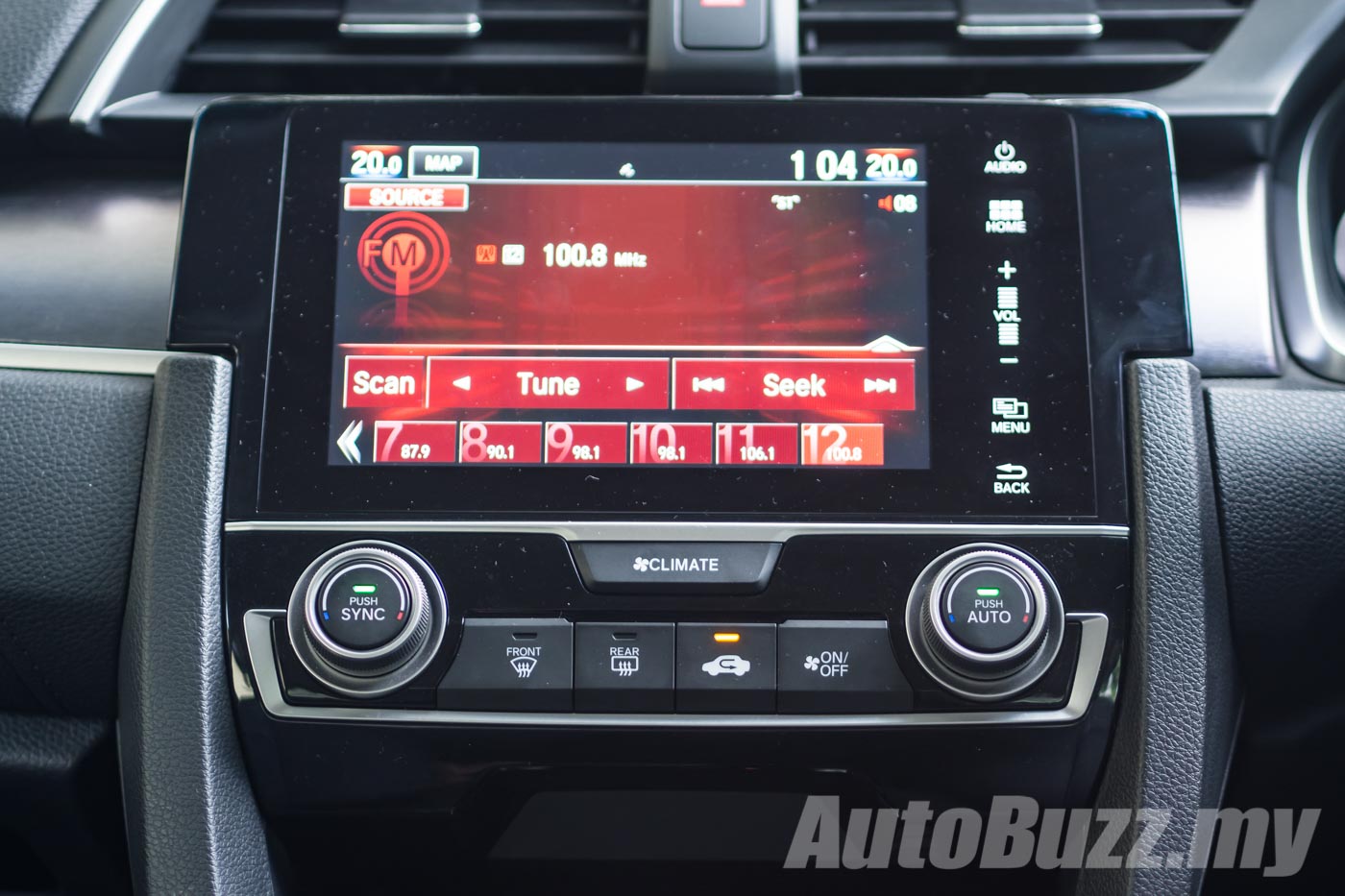Safety is everything and everything is about safety these days when it comes to driving and vehicle manufacturing. Car manufacturers have been increasingly emphasising the safety aspect of driving, sometimes even over performance and comfort and that’s fine but safety in a vehicle isn’t just about the features and systems it offers.
It’s also not about how many airbags a car has, how strong its body is, or even how effectively it crumbles in the event of a collision. The safety aspect also revolves around things that we don’t necessarily see on the brochure or at first glance of the vehicle. Some are only noticeable when we’re actually driving the car – like avoiding distraction to the driver and keeping the driver’s eyes on the road as much as possible.

This brings us to a new and increasingly common trend in new cars recently which has become increasingly disconcerting – the removal of certain physical controls for the air-con whether it’s for temperature or fan speed – in favour of modernity and the “wow factor”. This brings us to the emergence of touchscreens or touch-sensitive controls.
On the surface it may look like progress – it looks modern and futuristic – to control things with the touch of a finger but in reality, it really doesn’t feel that way, especially at a time when driving isn’t just driving.
These days, driving involves one hand on the phone, having meals on the move, grooming on the way to work, or even raising children on the go so another distraction or even a possibly fatal hazard is just frightening – not just to the driver and the vehicle’s occupants but to other motorists as well.

One can say, “Just pay attention to the task of driving and not do all of the above whilst on the move”, but that’s another pandora’s box of debate on its own. Simply put, the reality is that social and economic obligations have made us do things beyond the boundaries of safe driving and we have become ‘OK’ with it.
We have now (unknowingly but) willingly accepted the new normal of risking our lives (and that of others) while on the road just so our bosses can get a PDF file on time, or even just to assure the other half that we’re really on the way to meet our friends.
It’s true that car manufacturers are making cars safer, but while we wouldn’t expect them to make cars foolproof for the ignorant drivers, we also shouldn’t need or be encouraged to lay our eyes off the road – over the simple task of adjusting the air-con’s fan speed, for example.

This is something we’ve observed in new cars like those from Volkswagen, specifically the Golf which requires you to lay your eyes off the road to adjust the fan speed, and even then not accurately sometimes cause let’s face it, you’re driving and not every one of us is good at multi-tasking or even competent drivers, to begin with.
It’s no better in cars like Passat or the facelift Tiguan Allspace, where the air-con controls are presented on a panel that is touch-sensitive. Based on actual experience, sometimes we can’t even be sure if we’re really adjusting the air-con fan speed or temperature as we want it unless we actually look at the display – again requiring us to lay our eyes off the road.

Just to assure you that we’re not picking on a particular car brand but merely highlighting a new (dangerous) trend, it’s also the same with the latest Mercedes-Benz vehicles. Take the C-Class which was just launched here, for example; most of the centre console is now occupied by a large screen that contains the air-con controls.
Sure, it looks really impressive and cool, but how practical and safe is it really? As we have experienced countless times on our own, with cars of such offerings, not really.

What has left us bald from head-scratching is that even Volvo does it; the brand that is the very epitome of vehicle safety. This is a company that has said that no one would die in their cars after 2020, and while we are confident to put trust in their car’s safety systems and structure itself, we don’t even want to be involved in an accident (major or minor) in the first place; from laying our eyes off the road.
Honda has experienced it both ways with the previous-generation Civic. The pre-facelift model had no physical controls to adjust the fan speed and most found it to be an inconvenience than an ‘upgrade’ so, in the facelift model physical controls for the air-con made a return and based on remarks from new owners on the Internet, all was good again. This is not a paid review by Honda either.


Retaining physical buttons or controls for certain functions is just easier, more convenient, and more importantly safer. They’ve always been ‘touch-sensitive’ in their own way and have (most times) never required us to lay our eyes off the road to use.
New isn’t necessarily good and sometimes it’s really difficult to reinvent the wheel, even if the intentions are noble. Retaining some physical controls, especially those that are used often, not only offers a more effective use of the system but more importantly, should not be seen as non-progressive, whether by car manufacturers or customers alike.
Got a different thought? Do let us know!





